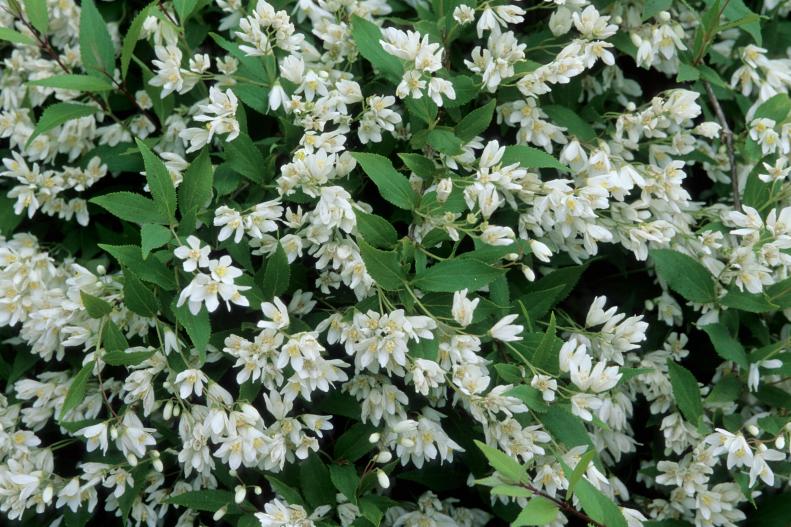1 / 11
Photo: Bailey Nurseries, Inc.
Deutzia 'Nikko'
For beautiful, healthy plants, you may need to adjust the pH of your planting site (pH is a number between 0 and 14 that refers to how acidic or alkaline your soil is). A soil test kit, available online or from garden centers and hardware stores, measures the pH, so you’ll know whether or not your soil needs amendments.
The first step in testing is taking dry soil samples from different parts of your garden. Mark the test tubes from the kit to indicate where each sample came from (the pH may vary across your planting site, requiring different amendments in different places). Mix the soil with the chemical solution in each tube.









